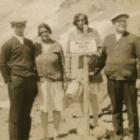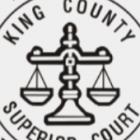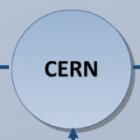
Seattle Theatre During World War I: A Digital Exhibition of Seattle Theatre History
The Early Seattle Theatre History Project (ESTHP) is a digital history project launching its website later this year. The website’s mission is to help enrich the research of scholars, students, and subject enthusiasts. The ESTHP team hopes to do this by supplying the researcher with access to a plethora of primary resources. However, while the team began to familiarize themselves with the materials, the necessity of contextualizing some aspects of the theatre and theatre history arose. For my project I created a prototype digital exhibit for ESTHP focused on Seattle theatre during World War I. The digital exhibits contain essays and digital objects that focus on explaining certain themes brought up by the collection materials. The exhibits hope to illuminate subjects that might be missed by viewing the collection materials on their own. When the website launches other exhibits will be available to help guide researchers in understanding the collection.








